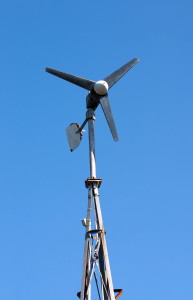 Many property owners find it difficult to save money because of their energy bills. With the rates going up, energy resources depleting and a general push towards natural options being considered, a homemade wind turbine is the way to go. Most people will have heard of these energy producers, but what are the real benefits of going down this road? Are they worth it in the long term? Here are three of the most important benefits associated with wind turbines and why everyone should be considering them.
Many property owners find it difficult to save money because of their energy bills. With the rates going up, energy resources depleting and a general push towards natural options being considered, a homemade wind turbine is the way to go. Most people will have heard of these energy producers, but what are the real benefits of going down this road? Are they worth it in the long term? Here are three of the most important benefits associated with wind turbines and why everyone should be considering them.
Efficient Amount of Power
One of the key benefits that come along with wind turbines would be the amount of power that is created. A highly functional and well built wind turbine is able to sustain the production of 1300 kilowatts of power every single month. Most homeowners will only require around 600 kilowatts on a monthly basis. This demonstrates how the wind turbine is more than enough to keep the home running without any glitches that a lot of people end up being afraid of.
Wind turbines are excellent regardless of where the property is located.
Save Money
This is the biggest benefit and the sole purpose for most homeowners that are looking to make a change in how their finances look at the end of each month. Energy bills can take a toll on one’s budget and it is definitely time to make a change. What better way to do this other than putting up a wind turbine?
When it is homemade, money can also be saved that would go into having a professional do it. Not only this, but the long term savings are immense. Some people claim to save hundreds of dollars a month.
Low Maintenance
Many people wonder whether it is hard to sustain or if there are going to be significant maintenance requirements along the way that could deter one from making the investment? The benefit of this particular option has to do with the low maintenance that comes along with it. You will not have to continually fit a lot of money to keep it running and that is the beauty of this energy option.
In a way, it certainly does not make sense to avoid saving a significant amount of money and potentially receiving state benefits (dependent upon state) as well. It is a true win-win situation for a lot of people that is not being taken advantage of. For those who are willing to make an investment and get going in the right direction with regards to their finances, this is an option that is going to help. The positives far outweigh the negatives when it comes to making a homemade wind turbine and using it to run an entire property throughout the year. It does not matter where a person lives because these wind turbines are money savers.
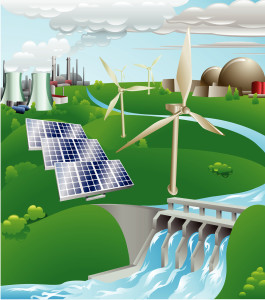 The term “alternative energy” is really about how energy is produced as opposed to actually describing anything about the energy itself and is almost always used to describe energy that is not produced by burning fossil fuels such as coal, oil or gas.
The term “alternative energy” is really about how energy is produced as opposed to actually describing anything about the energy itself and is almost always used to describe energy that is not produced by burning fossil fuels such as coal, oil or gas.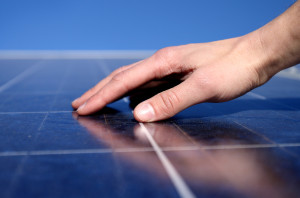 Solar energy is an option many homeowners consider in order to save money with increasing rates being attached to electricity. It is not as feasible to not make a change as it used to be in the past and making a positive decision towards a renewable source of energy is the way to go. Yet, what does an individual have to do in order to get the most out of solar energy? It will take a bit of research and the use of the tips mentioned here to learn how to make solar panels in an optimal manner.
Solar energy is an option many homeowners consider in order to save money with increasing rates being attached to electricity. It is not as feasible to not make a change as it used to be in the past and making a positive decision towards a renewable source of energy is the way to go. Yet, what does an individual have to do in order to get the most out of solar energy? It will take a bit of research and the use of the tips mentioned here to learn how to make solar panels in an optimal manner.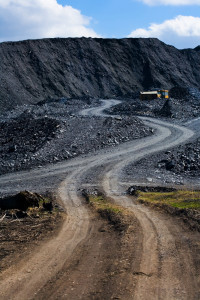 There are all kinds of choices in energy sources in the world today. Thanks to modern technology and development most consumers in developed nations can choose between renewable energy sources and non renewable energy sources to provide the power they need in day to day life.
There are all kinds of choices in energy sources in the world today. Thanks to modern technology and development most consumers in developed nations can choose between renewable energy sources and non renewable energy sources to provide the power they need in day to day life.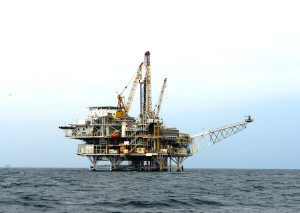 Oil spills from tankers and pipelines poison the earth and every living thing upon and beneath it. The destruction they wreak in the ocean is well-known.
Oil spills from tankers and pipelines poison the earth and every living thing upon and beneath it. The destruction they wreak in the ocean is well-known.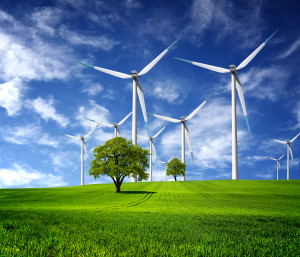 Harnessing the wind to produce energy is not a new concept. For hundreds of years, windmills have been used for grinding grain and pumping water. Today’s industrial windmill is called a wind turbine and is used to generate electricity.
Harnessing the wind to produce energy is not a new concept. For hundreds of years, windmills have been used for grinding grain and pumping water. Today’s industrial windmill is called a wind turbine and is used to generate electricity.